Heian Era: Five Important Facts You Should Know!
James Lau
Posted on August 20, 2024
Share:
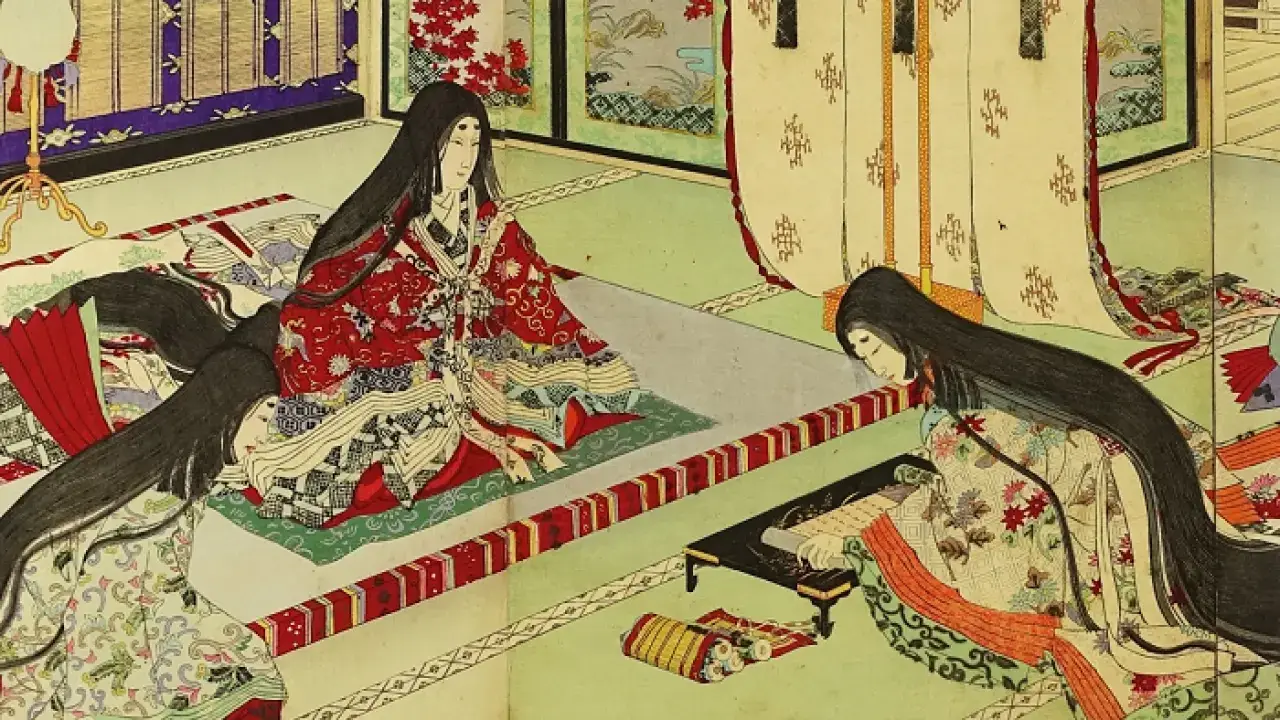
The Heian era was a transformative period in Japanese history. Named after its capital, Heian-kyo, or present-day Kyoto, many historians view this era as Japan’s golden age, characterized by the flourishing of art, culture, and literature. The aristocratic society thrived during this time, with the imperial court at its center. This era was the basis and foundation for much of Japan’s cultural and artistic tradition. Here are five facts about the Heian era you should know!
The capital moved from Nara to Heian-Kyo (Kyoto).
In 794 CE, Emperor Kanmu moved the capital from Nara to Heian-kyo to free the government from the growing power and influence of Buddhist monasteries. Nara had become heavily influenced by Buddhism, which the emperor believed was affecting politics. Heian-kyo has a grid-like layout inspired by Chinese city planning, but over time, it evolved into a uniquely Japanese city.
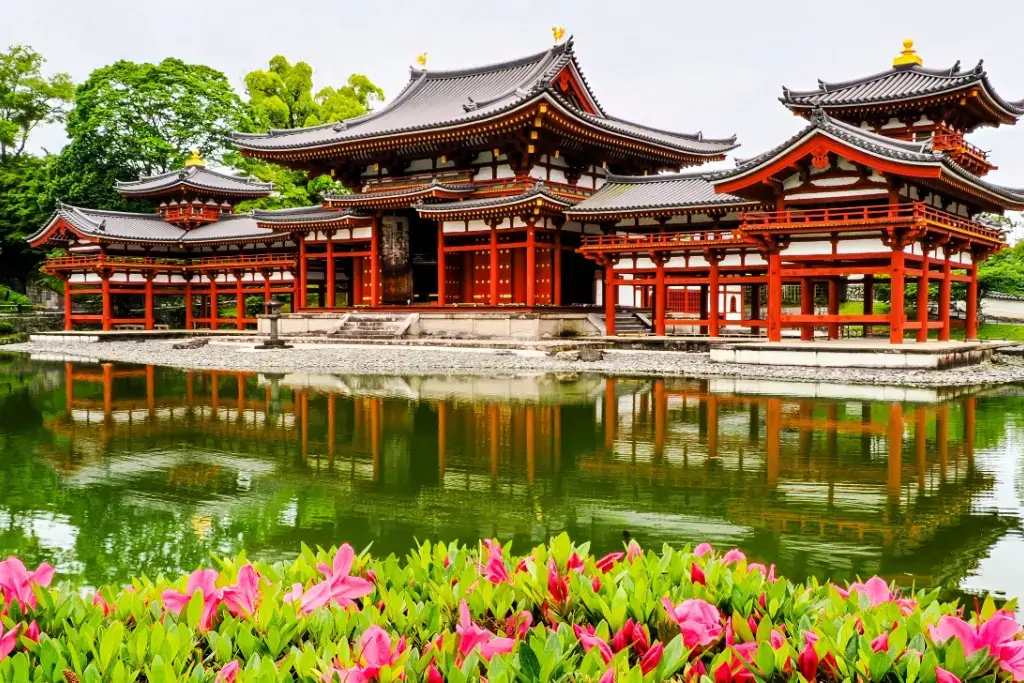
The move to Heian-kyo brought a new era of peace and stability, allowing the arts and culture to flourish. The city quickly became the heart of Japanese aristocratic life, setting the standards for art, fashion, and etiquette. This new capital became known for the sophistication and elegance that defined the Heian period. The architectural and cultural legacy of Heian-Kyo is still present in Kyoto today!
Japan developed its own unique culture.
During the Heian era, Japan distanced itself from the Chinese cultural influence common in the Nara period. While Chinese culture had been influential, the Heian period saw the creation of a distinctly Japanese culture. This cultural independence was present in many aspects of life, from developing Japanese-style Buddhism to creating native art forms and literature.
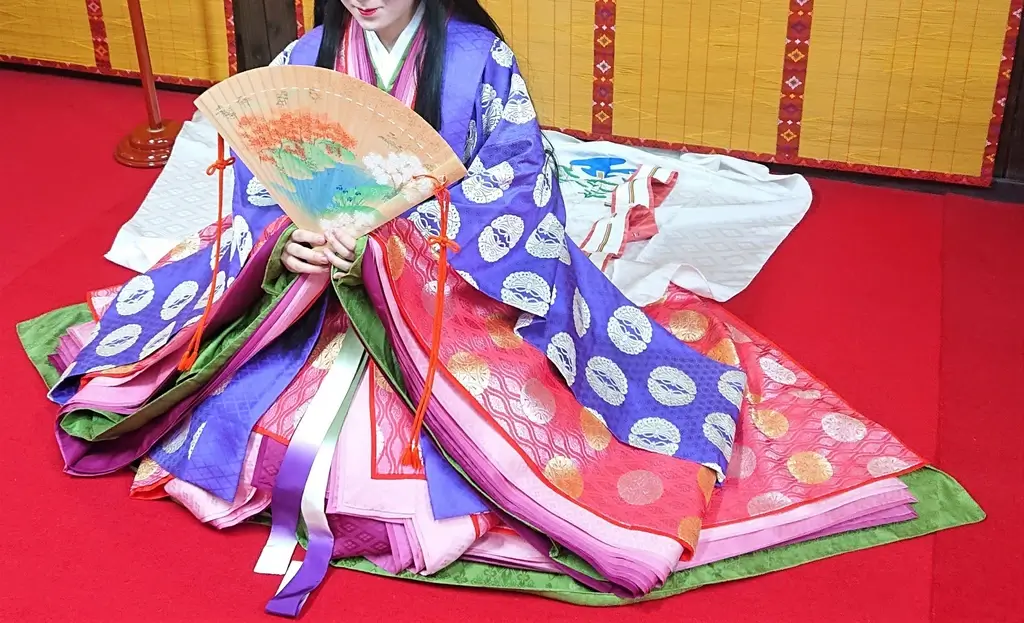
This period also marked the beginning of Japanese literature in the Japanese language, as opposed to the previous use of Chinese. The Heian court aristocrats, particularly the women, played a significant role in developing a Japanese literary culture. The evolution of the kana scripts, which were simpler and more suited to the Japanese language than Chinese characters, was crucial in this cultural shift.
Women of the era developed the use of Hiragana.
One of the most significant cultural developments during the Heian period was the creation of Hiragana, a phonetic script still used today. Unlike the complex Chinese characters (Kanji), Hiragana was much simpler and became the preferred writing system for women at the Heian court. These courtesans, who couldn’t participate in the formal education system, used Hiragana to express themselves in a way that was accessible and personal.
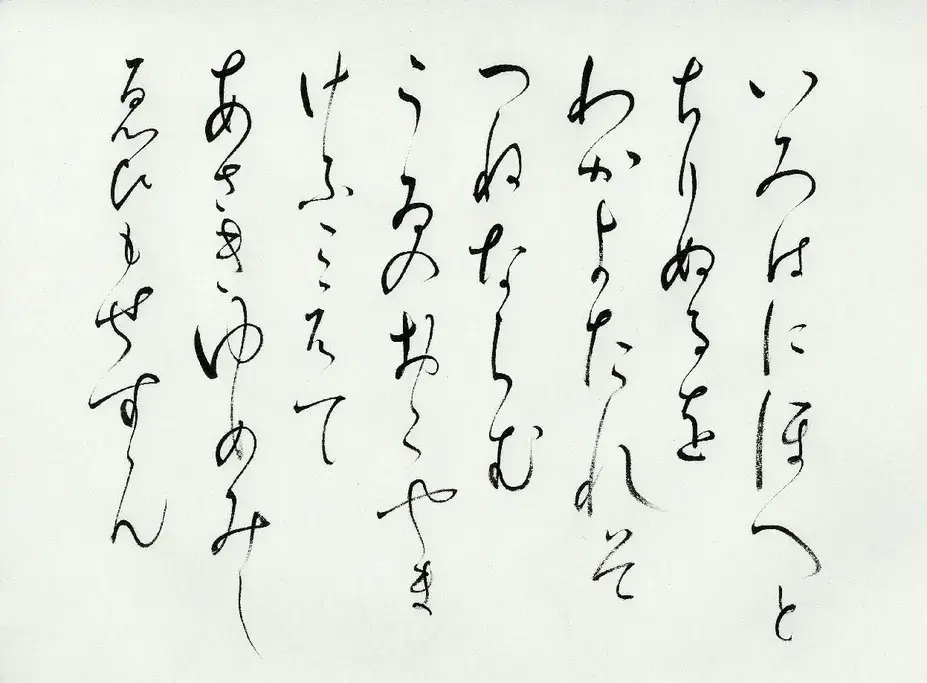
Hiragana allowed women of the Heian court to produce works of Japanese literature. Because it was more flexible and easier to use than Kanji, it became the script of choice for personal writing, including diaries, poetry, and fiction. Women like Murasaki Shikibu and Sei Shonagon used Hiragana to create masterpieces. The development and use of Hiragana laid the foundation for Japan’s unique literary voice.
Are you looking for unique snacks from Japan? Check out Sakuraco! Every month, Sakuraco delivers delicious Japanese snacks, teas, and sweets from Japan so you may enjoy them at home.
Murasaki Shikibu wrote The Tale of Genji.
The Tale of Genji is perhaps the most famous literary work from the Heian period and is often considered the world’s first novel. This epic story follows the life and love of Hikaru Genji and offers a vivid depiction of court life during the Heian era. Through Genji’s experiences, Murasaki Shikibu explores human emotion, life, and court politics. The novel’s descriptions provide insight into the Heian court’s customs, values, and daily life.
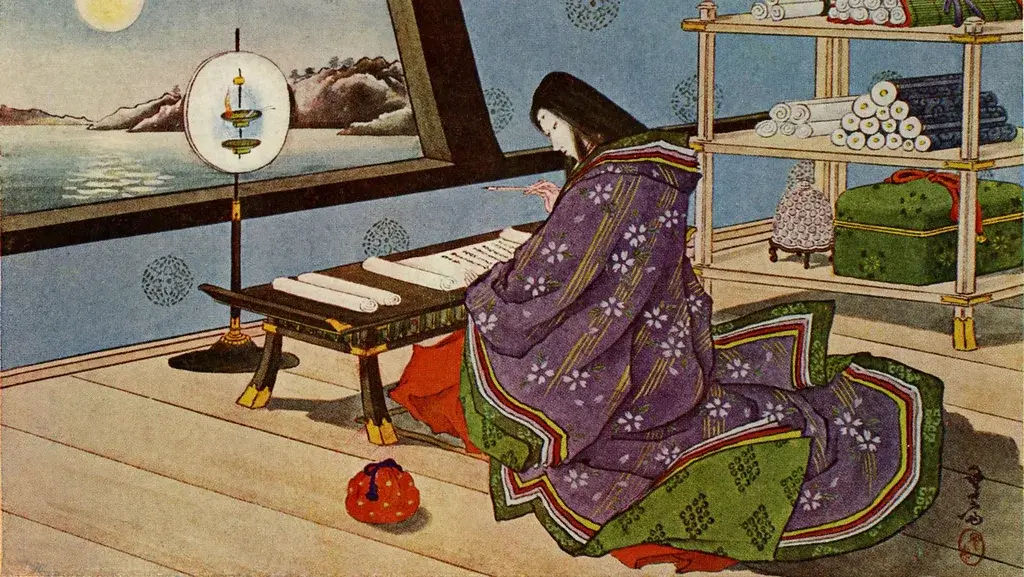
Murasaki Shikibu’s work is also significant because it reveals the role of women in the Heian court. The Tale of Genji remains a foundation of Japanese literature, studied and respected for its storytelling and historical and cultural insights. It has also been translated into numerous languages, influencing literature and art in Japan and beyond.
Sei Shonagon wrote The Pillow Book.
Another famous book of the Heian period is The Pillow Book by Sei Shonagon. It is a collection of essays, lists, and observations that offer a candid and often humorous look at life in the imperial court. Sei Shonagon’s detail and sharp wit make the book important for understanding the daily life of the time, customs, and personalities. As a result, her writing is known for its mix of personal reflections and descriptions of events and scenes.
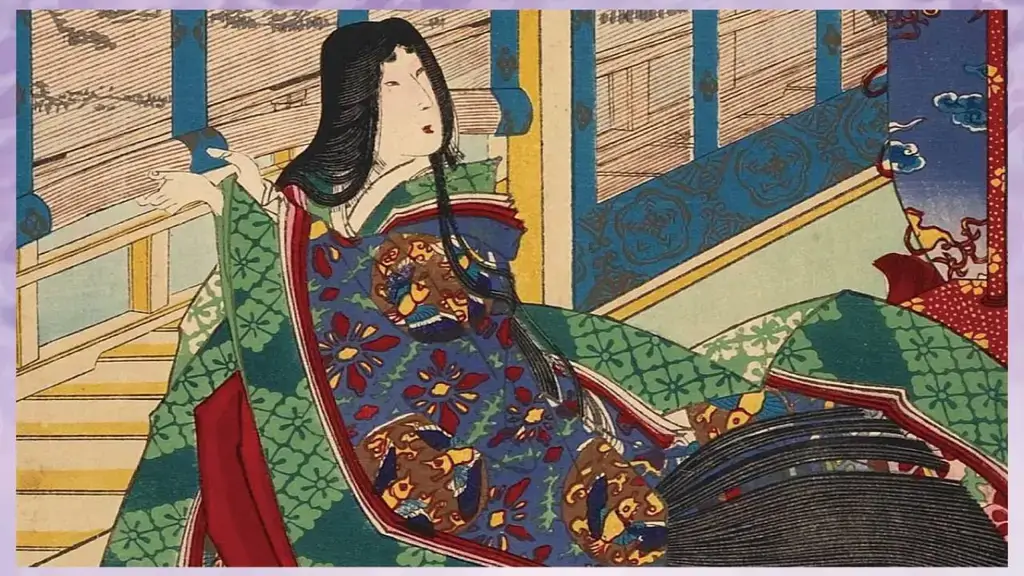
While The Tale of Genji is fiction, The Pillow Book serves as a more direct commentary on the author’s experiences and the world around her. Many people consider it one of the great works of Japanese literature, which continues to be celebrated for its insight and style. Moreover, sheds light on the culture and values of the Heian period. The Pillow Book represents the top of Heian literary achievement, revealing the period’s court culture.
Why was the Heian Era important?
The Heian era was vital because it represented a change in Japanese culture, where art, literature, and a Japanese identity were developed. This period developed many cultural and artistic traditions that would define Japan. The creation of Hiragana, the masterpieces by Murasaki Shikibu and Sei Shonagon, and the cultural evolution of the period are just a few reasons why the Heian era is an essential chapter in Japan’s history.
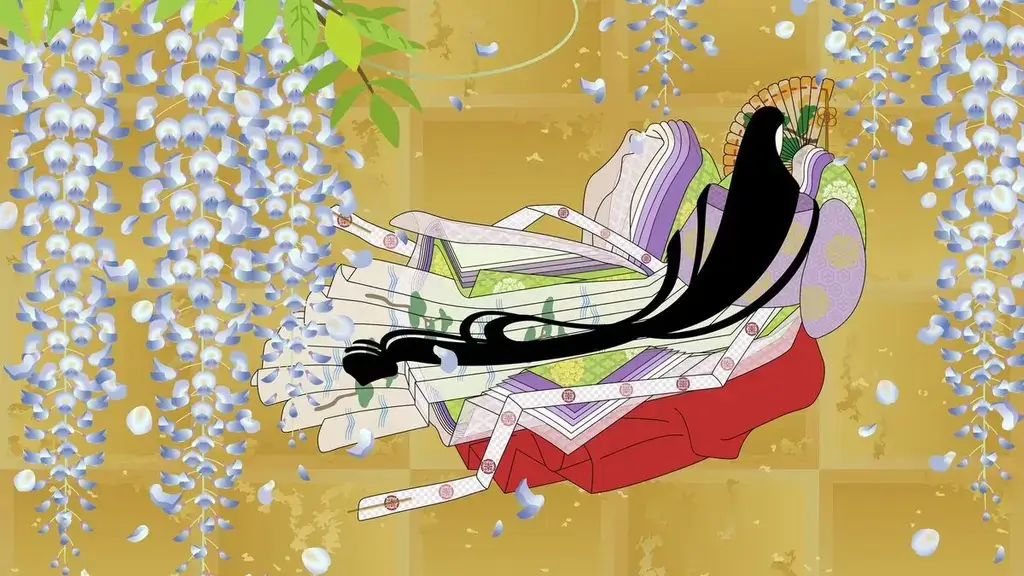
The Heian era was a critical period in Japanese history, marked by cultural and artistic achievements that continue to influence the country. From establishing Heian-kyo as the capital to developing Japanese culture, the era laid the groundwork for Japanese identity. The era’s contributions to literature, art, and traditions have left a legacy, making the Heian period one of the most celebrated eras of Japan’s history. Did you know about these five facts? Which one was your favorite? Let us know in the comments below!

Discover authentic flavors with Sakuraco
Get Sakuraco 

Discover authentic flavors with Sakuraco
Get Sakuraco 
Related Articles

Steam Train in Shizuoka: Riding the Oigawa Railway
For travelers who love history, beautiful views, and cozy retro vibes, this steam train is one of Shizuoka’s most charming treasures, with some of the best views. If you want to know more about this train, keep reading below!

Nara Japan: The Amazing Legend of the Sacred Dragon
In Japanese culture, dragons are spiritual beings that represent strength, prosperity, and a harmonious balance with the natural forces. Nara, Japan, has a unique story associated with sacred ponds and revered shrines throughout the region.

Nambu Tekki: Morioka’s Amazing Iron Craft
In the historic city of Morioka, Iwate Prefecture, a craft with over 400 years of history continues to captivate with its rustic beauty and practical charm. Nambu tekki, or Nambu cast iron, refers to traditional ironware, such as teapots, kettles, and decorative pieces, that embody the spirit of Tohoku craftsmanship.

Ebisu: The Cheerful Guardian of Luck and Prosperity
Religion in Japan involves a dizzying array of spirits and beings. These gods are inspired by ancient tales and used to symbolize nature’s bounty. However, they also profoundly impact daily life and are often sought out for help in challenging times



